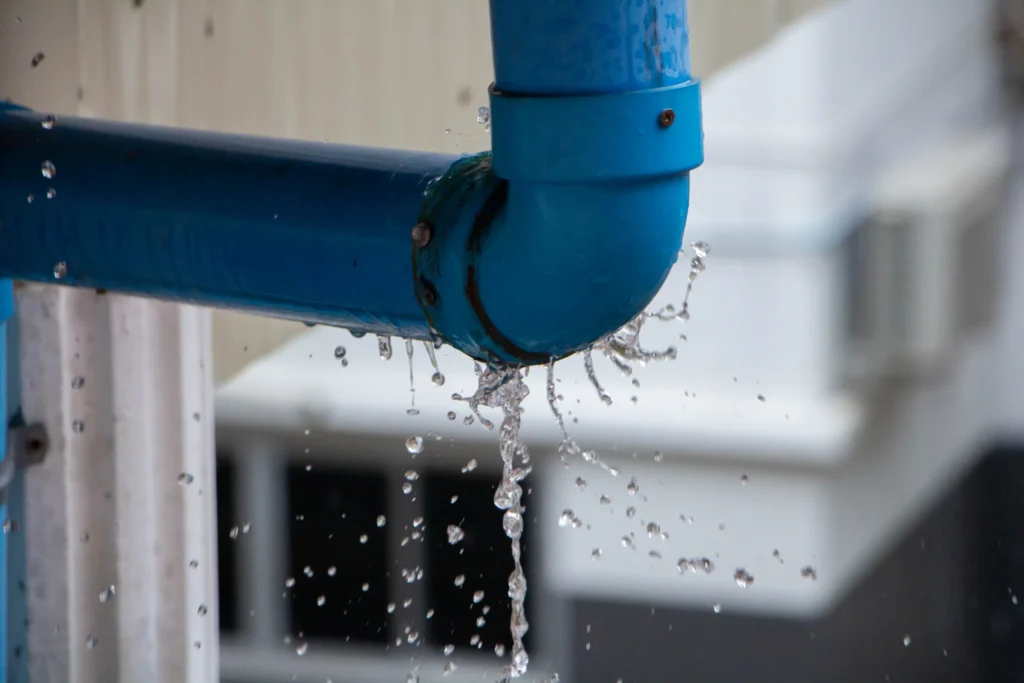Moisture and leaks can wreak havoc on your home, causing structural damage, health hazards, and costly repairs.
To safeguard your home from these issues, it’s essential to employ key techniques and preventative measures. In this article, we’ll explore six crucial strategies to keep moisture and leaks at bay.
Regular Inspections
Prevention is key when it comes to moisture and leaks. Conduct regular home inspections to catch issues before they escalate. Check for signs of moisture damage, such as peeling paint, water stains, or mold growth.
Inspect your plumbing system for leaks, especially in areas like under sinks, around toilets, and behind appliances.
Keep an eye on your water heater and washing machine, as these can be sources of leaks if not properly maintained. It’s also wise to use the service of professionals, such as Watertight Homes.
Regular Roof Maintenance
Your roof is the first line of defense against moisture infiltration. Regular inspections and maintenance are essential to prevent leaks. Start by inspecting your roof at least twice a year, once in the spring and once in the fall.
Look for missing or damaged shingles, cracks, or gaps in the flashing, and any signs of water damage in your attic or ceiling. Address any issues promptly to prevent them from escalating into major leaks.
Additionally, consider applying a waterproof sealant to extend your roof’s lifespan and enhance its moisture resistance.
Proper Drainage
Effective drainage systems are critical to managing moisture around your home’s foundation. Ensure that your gutters and downspouts are clear of debris and properly directing water away from your home.
Extend downspouts at least six feet away from the foundation to prevent water from pooling near the base of your home. Consider installing French drains or grading your yard to promote proper water runoff. Proper drainage will help prevent moisture from seeping into your basement or crawl space.

Seal Cracks and Gaps
Moisture can infiltrate your home through even the smallest cracks and gaps in your walls, windows, and doors.
Regularly inspect these areas for any openings and promptly seal them with appropriate materials, such as caulk, weatherstripping, or expanding foam.
Pay close attention to areas around window frames, door thresholds, and the junctures between different building materials. Properly sealed gaps and cracks will keep moisture out and help maintain your home’s energy efficiency.
Basement Waterproofing
Basements are particularly vulnerable to moisture issues, but there are several methods to safeguard this space. Start by ensuring your basement has adequate drainage and is properly graded.
Consider applying waterproofing coatings to the interior walls and floors. Installing a sump pump and a perimeter drainage system can also help manage excess moisture. Finally, maintain proper ventilation and dehumidification to control humidity levels in your basement.
Adequate Ventilation
Proper ventilation is essential to prevent moisture buildup in your home. Ensure that your bathrooms, kitchen, and laundry room have exhaust fans that vent to the outside.
Regularly clean or replace filters in your HVAC system to maintain good airflow and reduce indoor humidity.
In high-moisture areas like the attic, consider installing roof vents and attic fans to promote air circulation and prevent condensation.
Install a Leak Detection System
Modern technology offers advanced solutions to monitor and detect leaks in your home. Consider investing in a leak detection system that can provide early warnings when there’s a water leak.
These systems typically include water sensors placed in vulnerable areas like basements, laundry rooms, and under sinks.
When they detect moisture, they can trigger alarms, send alerts to your smartphone, or even automatically shut off the water supply to prevent further damage.
Installing a leak detection system provides peace of mind by allowing you to take swift action in case of a leak, minimizing potential water damage and associated repair costs.






